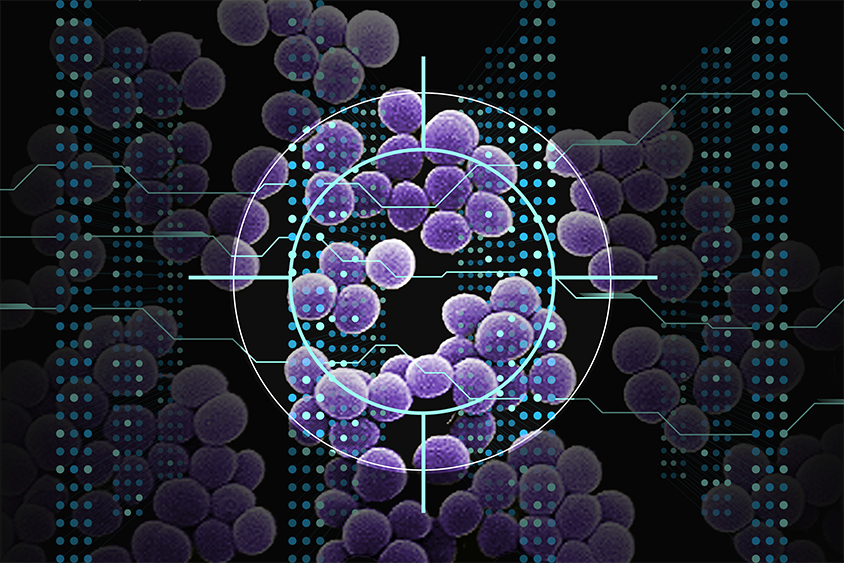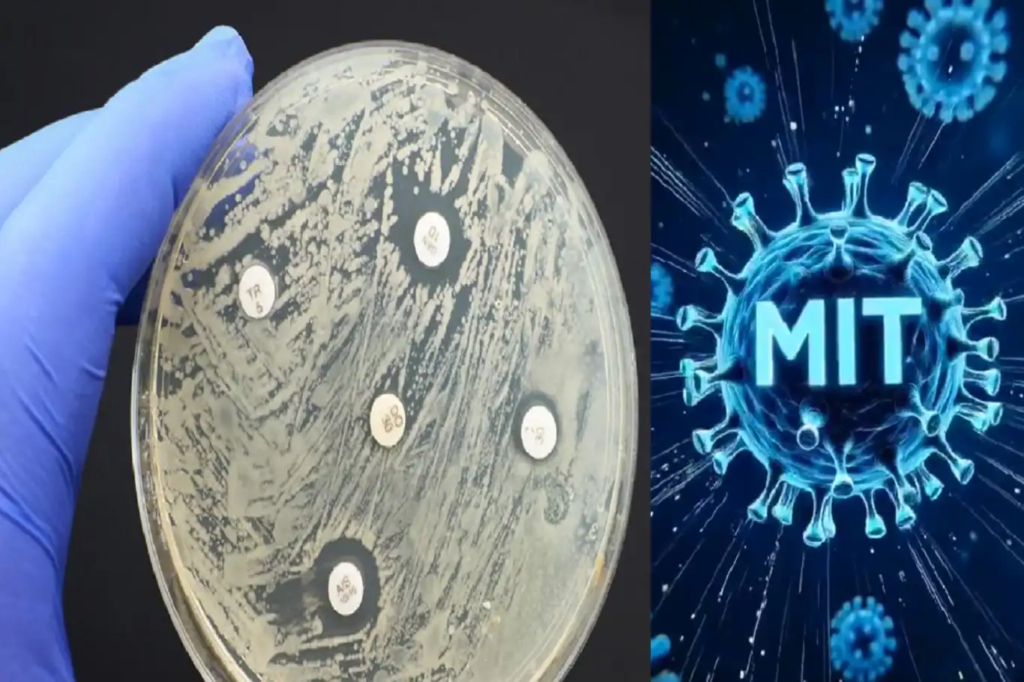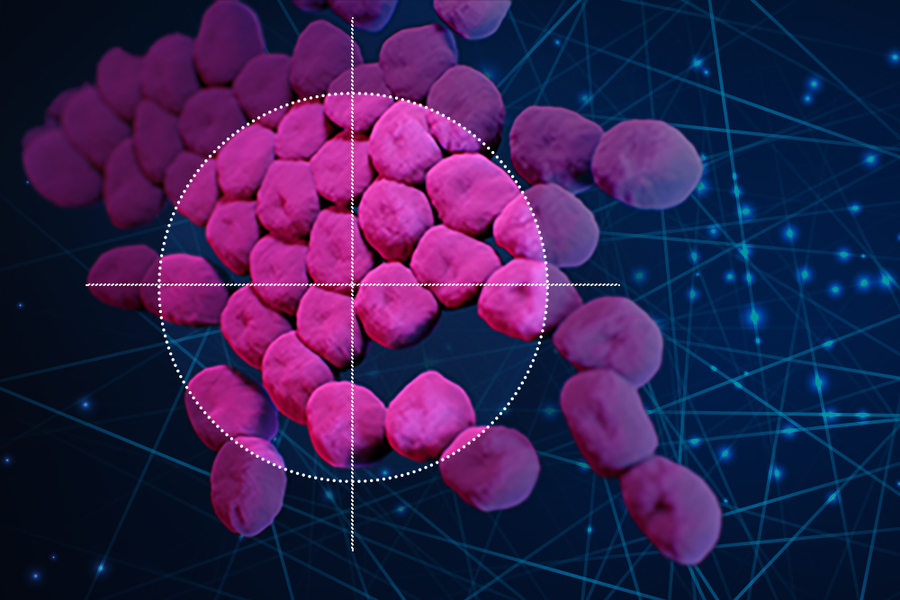Researchers at MIT have drawn global attention with their latest achievement: using artificial intelligence (AI) to design brand-new antibiotics capable of tackling superbugs—specifically, drug-resistant gonorrhea and the infamous MRSA (methicillin-resistant Staphylococcus aureus). This represents a radical shift in how we approach antibiotic development in the era of rising antimicrobial resistance, according to MIT News and Fierce Biotech.
Traditionally, antibiotic research has largely relied on modifying existing molecules. But this MIT team, led by Professor James J. Collins, has pioneered a generative AI approach that allows entirely new, never-before-seen chemical structures to be conceived inside a computer. These compounds have demonstrated promising antimicrobial action in laboratory settings and in mice—suggesting a potential “second golden age” of antibiotic discovery.

Table of Contents
From millions of molecules to two promising candidates
What’s truly remarkable about this work is the scale and ambition. The team fed the AI with chemical building blocks, then generated and screened over 10 million novel molecules—none previously documented. Using dual AI strategies, they assembled these fragments into potential antibiotics and then predicted which ones had the best chance of killing the targeted bacteria.
Of that vast virtual library, two standout compounds—NG1 and DN1—emerged. Both cleared multidrug-resistant gonorrhea, while DN1 could also eliminate MRSA. This is no small achievement: MRSA is known as one of the most stubborn superbugs out there. Fierce BiotechMIT News
Importantly, these drugs are structurally dissimilar to any existing antibiotics, lowering the risk that bacteria already have tools to resist them. That’s a major strategic advantage.
Human touch behind the machine intelligence
This isn’t a story of machines replacing scientists. Quite the opposite. The generative AI platform is a powerful tool—but the real magic comes when researchers properly evaluate and refine the computer-suggested molecules.
Prof. James Collins calls it a turn from using AI merely for discovery to using it as a design tool. That leap opens previously unreachable areas of chemistry.
Collins, along with other scientists like post-doc Aarti Krishnan, Melis Anahtar and Jacqueline Valeri, have carried these compounds from virtual design through to synthesis and successful testing in mice. Their study has just been published in the prestigious journal Cell.
BBC, ITV, and other global media have already begun reporting on this work—with phrases like “AI-designed antibiotics for gonorrhoea and MRSA superbugs” making headlines.
There’s cautious optimism, too. Researchers emphasise that while the lab and animal results are compelling, years of refinement and clinical trials remain before these drugs can be used in humans.

What it means for Nigeria and the world—and the road ahead
The global rise of antibiotic resistance is a public health emergency. Roughly 5 million people die each year from drug-resistant infections worldwide—numbers that are painfully real right here in Nigeria. The threat extends to common ailments becoming potentially untreatable if we don’t innovate fast.
With limited new antibiotics entering the market over the past decades, breakthroughs like MIT’s offer a glimmer of hope. Their generative AI method can tap chemical spaces we’ve never explored before, discovering molecules conventional approaches would miss.
Moreover, Collins’ group has previously used AI to discover halicin (2020)—a broad-spectrum antibiotic—and abaucin (2023), effective against Acinetobacter baumannii, a major hospital-acquired pathogen. These successes laid the groundwork for the current leap.
In context, Nigeria stands to benefit from these innovations—not only in disease treatment but also by inspiring local research in AI-driven drug development. With smart partnerships and institutional support, we could leapfrog some traditional bottlenecks in medicine development.
Looking ahead:
- These AI-designed candidates must undergo rigorous testing to ensure safety, efficacy, manufacturability, and regulatory compliance.
- Researchers plan to apply the same AI framework to other dangerous pathogens—including tuberculosis—and expand collaboration with organisations like Phare Bio, a non-profit co-founded by Collins aimed at accelerating antibiotic development.
- In parallel, leaders in Africa and healthcare sectors must prioritise antimicrobial stewardship—and support research and capacity building to harness these emerging technologies locally.

Conclusion
MIT’s achievement in using generative AI to design antibiotics against drug-resistant superbugs marks a profound step forward in global health innovation. As Nigeria grapples with rising resistance and limited drug options, stories like this both inform and inspire—from Boston labs to Lagos clinics.
While the path from lab bench to bedside remains long, the model here is clear: when human expertise and machine creativity combine, entirely new possibilities emerge—that’s a powerful message for science everywhere.
Join Our Social Media Channels:
WhatsApp: NaijaEyes
Facebook: NaijaEyes
Twitter: NaijaEyes
Instagram: NaijaEyes
TikTok: NaijaEyes














![Mr Macaroni Drops Blistering Remark: ‘APC Filled with Most Corrupt People’ as He Slams Tinubu’s Controversial Pardon for Criminals=]] Mr Macaroni](https://naijaeyesblog.com/wp-content/uploads/2025/03/Mr-Macaroni-1-1-180x135.avif)

![Chaos Erupts in Abuja Hotel as BBNaija Star Phyna Sparks Fierce Scene Over Alleged N200,000 Dispute [VIDEO] Phyna](https://naijaeyesblog.com/wp-content/uploads/2024/11/A-Picture-of-Phyna-BBNaija-180x135.jpg)























